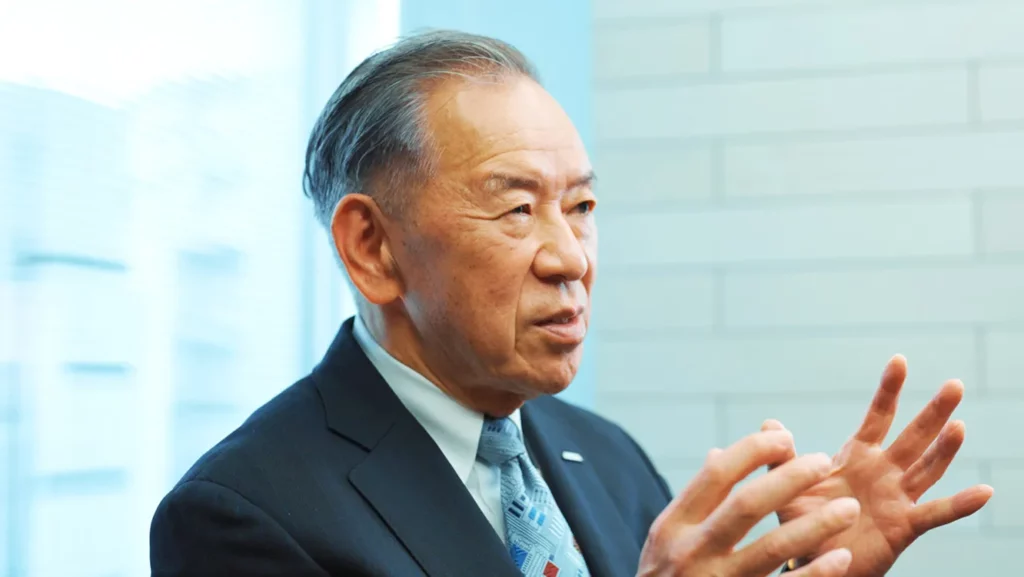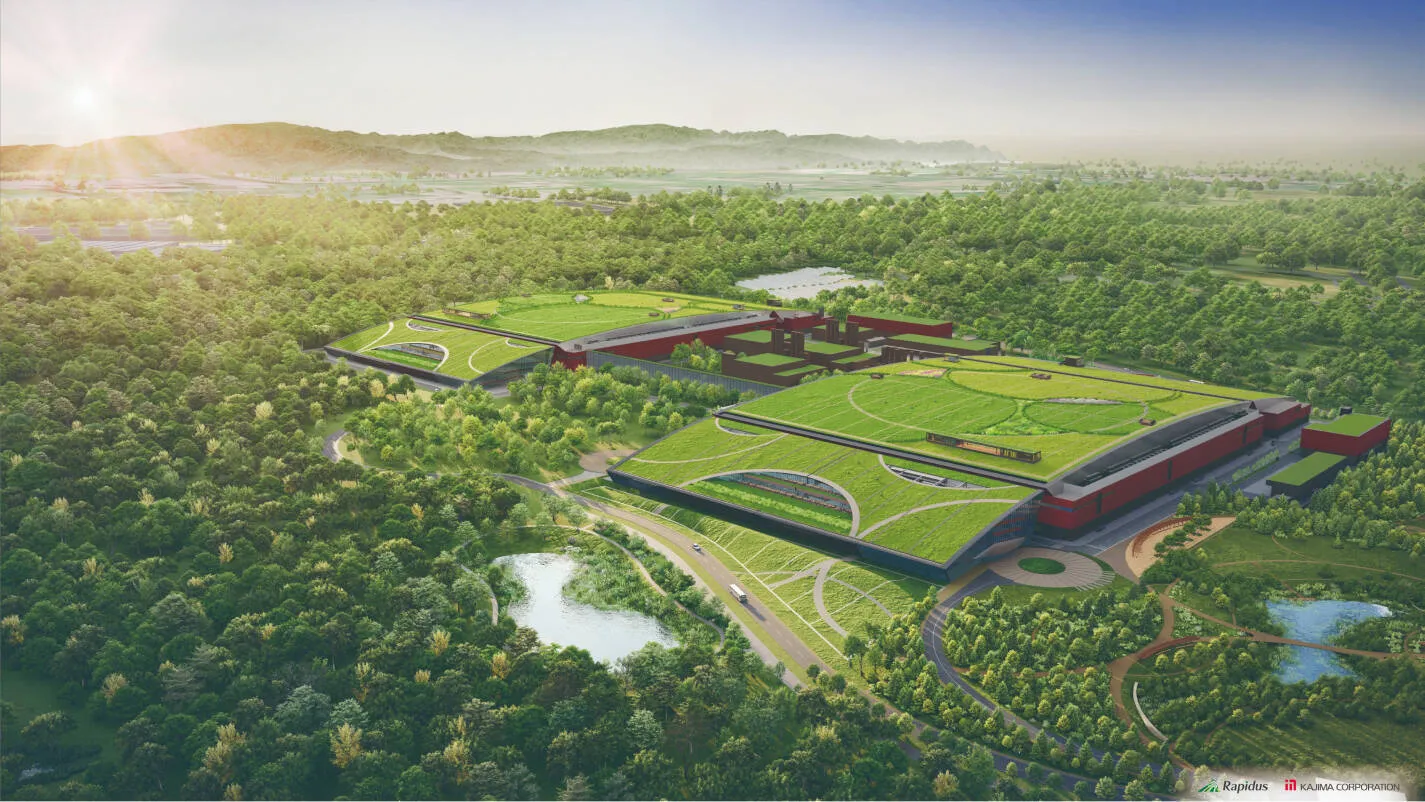
By Bolaji Ojo
What’s at stake:
Rapidus is quietly but forcefully laying the foundation for the re-establishment of Japan as a global power in semiconductor design and production. Less than 3 years after it was founded in August 2022, the Japanese company has moved hurriedly towards becoming a top-tier foundry. While it’s made some progress, however, questions persist about its future, and by extension, Japan’s dreams for advanced chip manufacturing locally. Rapidus’ founders are betting the company can pull this off.
Rapidus Corp. expects to start churning out semiconductors using 2-nanometer next-generation process technology by 2027. If successful, it would be joining a very exclusive club.
Leading that group is Taiwan Semiconductor Manufacturing Co. Ltd. (TSMC), the world’s largest contract chip manufacturer, and an enterprise far ahead of the competition in customer patronage and technology leadership. Rapidus would be joining a select group of rivals trying to muscle in on TSMC’s dominance of leading-edge chip production.
The progress Rapidus has so far made in assembling all its needs to compete successfully in the next-generation chip production process is so astounding that many observers now believe the company could make a dent, albeit a little one, in TSMC’s market share of the sector. The question, though, remains whether Rapidus can sustain the breakneck speed it used to establish itself as a formidable potential player.
Within two years, the 2nm chip foundry group would have also expanded to include Samsung Semiconductor and Intel Corp., which wants to race ahead of the competition by delivering 18-angstrom (18A) chips, or approximately 1.8 nanometers – a notch finer than 2nm. This week, Lip-Bu Tan, Intel’s new CEO, assured the world that the Santa Clara, Calif., company was making swift advancements in its pursuit of 18A, which he said, “is set to win high volume production in the second half of this year with Penta Lake.”
Intel’s successful delivery of 18A this year – without any production or yield issues – would highly impress the chip market. But even this admirable goal wouldn’t hold the candle to Rapidus’ success if the company were to begin shipments of 2nm chips two years later. Unlike its main competitors in the next-generation chips production business, Rapidus is beginning to behave like and sound like a precocious child that is aiming to run before it can even crawl.
This week, Rapidus released additional information about its 2nm race that backs up its founders’ assertion that the ambitious goal they have set for the company is achievable. It bagged additional funding for the venture from the Japanese government, bringing the total amount so far received to more than $11 billion. The approval of Rapidus’ fiscal 2025 plan and budget for the 2nm semiconductor project on Tuesday by Japan’s New Energy and Industrial Technology Development Organization (NEDO) has armed the company with the resources to push ahead with its next-generation process plans, according to Rapidus executives.
The company’s 2nm production capacity development is split into two parts, they said. The first is the front-end manufacturing, which Rapidus launched within months of its establishment in 2022. It involves the construction of the company’s first production system, termed the Innovative Integration for Manufacturing (IIM) facility based in Chitose, Hokkaido.

Construction experts and engineers from IBM are working at the site with Rapidus employees to develop the 2nm logic semiconductor mass production technology, the company said. It added that the work has so far achieved the planned targets. Already, EUV lithography and other equipment have been installed at the location, meeting objectives set for fiscal 2024, according to Atsuyoshi Koike, CEO of Rapidus.
